Understanding and Using the 5uF Capacitor: A Comprehensive Guide
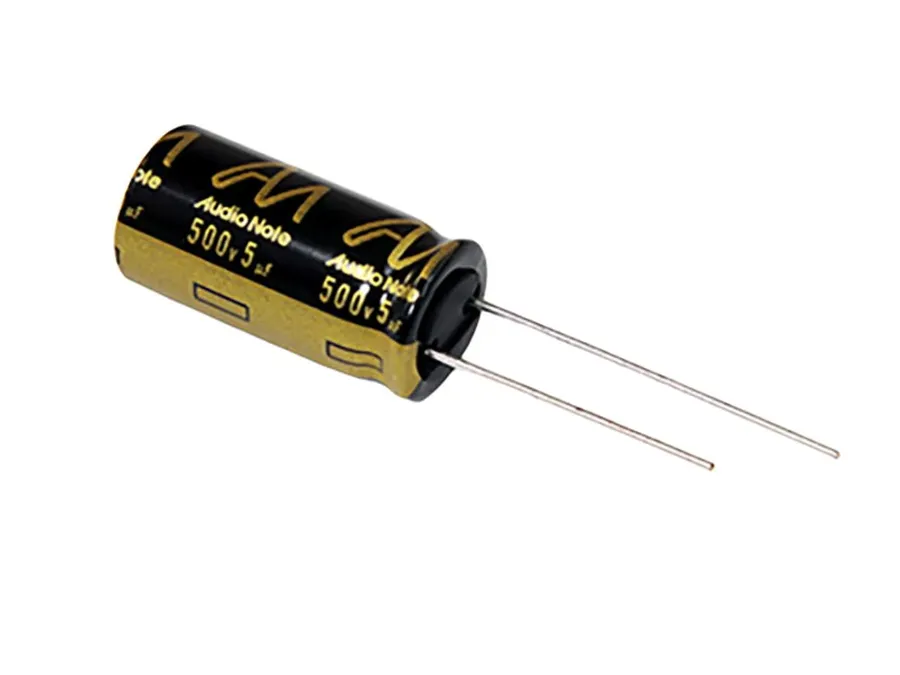
In the realm of electrical components, the 5uF capacitor stands as a workhorse, often found quietly operating within the hum of air conditioners, fans, and various motor-driven devices. Like the silent conductor in an orchestra, a properly functioning 5uF capacitor ensures the smooth flow of electricity and reliable operation of your equipment. This article demystifies the 5uF capacitor, explaining its function, selection criteria, and providing insights into replacement best practices. We'll unravel the complexities so you can make informed decisions and keep your devices humming along smoothly.
What is a 5uF Capacitor and How Does It Work?

A 5uF capacitor is a fundamental electrical component that stores energy in an electric field, characterized by its 5 microfarad (uF) capacitance value. This capacitance rating dictates its ability to accumulate and release electrical charge, making it vital for various functions in electronic circuits, particularly in motor start-up and voltage stabilization.
The core function of a capacitor, including the 5uF variant, hinges on its physical structure: two conductive plates separated by a dielectric material. When a voltage is applied, electrical charge accumulates on these plates, storing energy. The 'uF' or microfarad, as in 5uF, indicates the capacitor's capacity to hold charge; a higher uF means the capacitor can store more charge at a given voltage. In practical applications, this property enables the 5uF capacitor to facilitate motor startup by providing the necessary current surge and maintain consistent voltage by smoothing out fluctuations in power supply.
Common Applications of the 5uF Capacitor
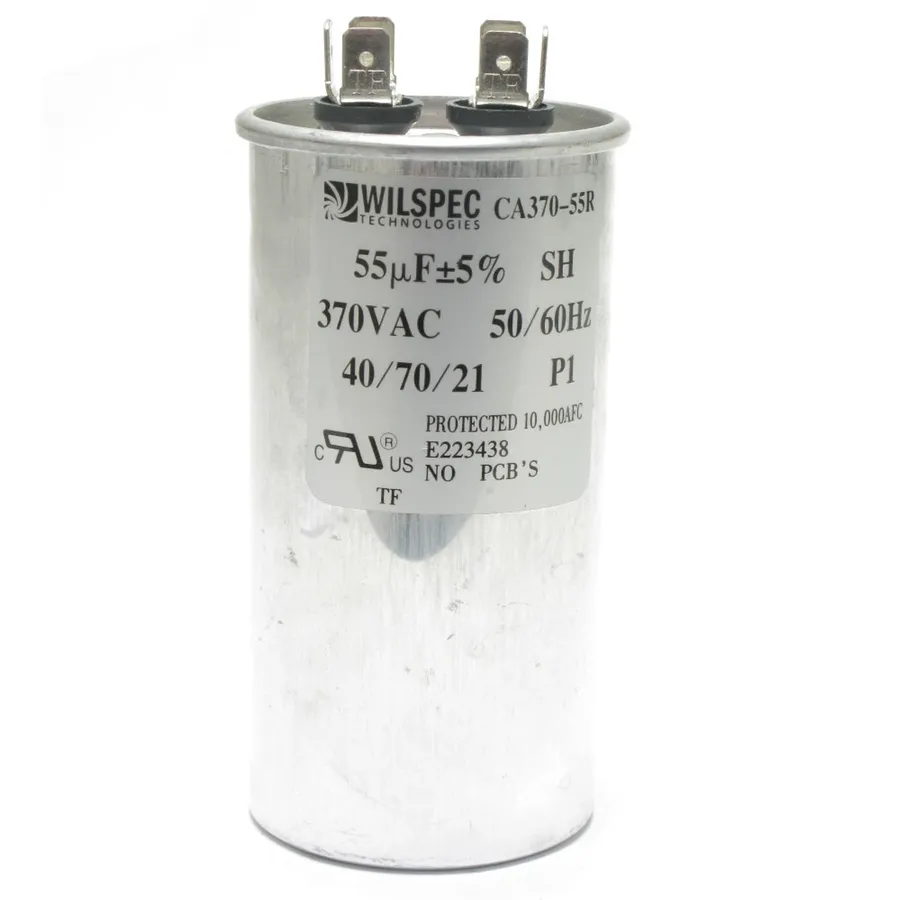
The 5uF capacitor is a ubiquitous component across numerous applications, primarily serving as a crucial element in AC motor circuits. Its function is to provide the necessary phase shift for motor start and operation, ensuring smooth and efficient performance in a range of devices. These seemingly small components play a pivotal role in both daily life and industrial settings.
- AC Motors
5uF capacitors are extensively used in single-phase AC motors, found in various household and industrial equipment. They are typically employed as run capacitors, providing the phase shift necessary for the motor to operate continuously. - Fans
In household and industrial fans, 5uF capacitors facilitate the smooth and efficient operation of the motor. These capacitors are essential for both starting and running fan motors, from small desk fans to large ventilation systems. - Air Conditioners
Air conditioners rely on 5uF capacitors to power the compressor and fan motors. Their presence is critical to the starting and ongoing operation of air conditioning systems, ensuring consistent cooling. - Heat Pumps
Similar to air conditioners, heat pumps also utilize 5uF capacitors in their motors. These capacitors aid in efficient heat transfer and ensuring that the heat pump’s motor starts and operates reliably. - Pumps
Various types of pumps, including those used in pools, spas, and water circulation systems, employ 5uF capacitors for motor operation. These capacitors ensure the pump motors can start and run efficiently - Other Appliances
Beyond HVAC and fans, 5uF capacitors can be found in a variety of other appliances, such as washing machines, dryers, and some power tools. These applications utilize the capacitor for starting and running single-phase motors.
5uF Capacitor Voltage Ratings: Understanding 250V, 370V, and 400V
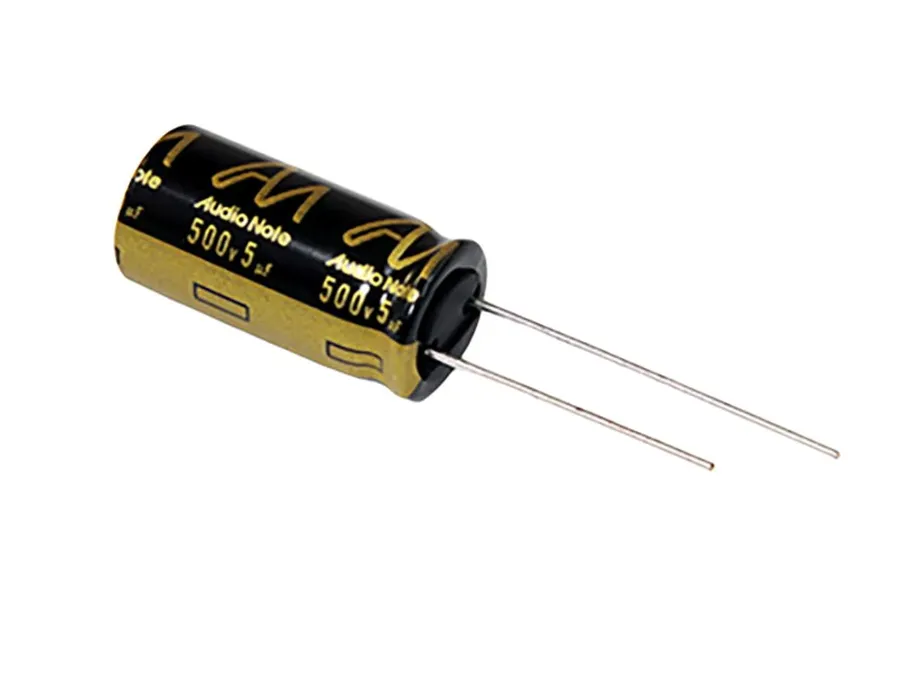
The voltage rating of a capacitor, denoted in volts (V), signifies the maximum voltage the capacitor can safely withstand without risking dielectric breakdown and subsequent failure. For 5uF capacitors, common voltage ratings include 250V, 370V, and 400V. Selecting the correct voltage rating is paramount for ensuring reliable and safe operation within an electrical circuit; exceeding this rating can lead to capacitor damage and potential equipment malfunctions.
| Voltage Rating | Typical Applications | Considerations |
|---|---|---|
| 250V | Lower voltage AC circuits, smaller appliances | Suitable for less demanding applications; cost-effective but with lower safety margin. |
| 370V | Common in HVAC systems, fan motors, and general-purpose AC motors. | Provides a good balance of voltage tolerance and common usage requirements. A standard choice for many devices. |
| 400V | Higher-voltage applications, industrial equipment, situations with voltage fluctuations. | Offers greater protection against voltage surges and is often required for demanding applications. Offers the highest level of safety margin among the options |
It is critical to match or exceed the original capacitor's voltage rating when performing a replacement. Using a capacitor with a lower voltage rating than specified for the application can lead to premature failure, potential safety risks, and poor performance. For instance, if your equipment originally utilizes a 370V 5uF capacitor, using a 250V option would be unsuitable and potentially hazardous. While using a higher voltage rated capacitor such as a 400V in place of a 370V capacitor is acceptable as it provides a greater safety margin, it is essential to ensure that physical dimensions and other specifications also match the requirements of your device.
Selecting the Right 5uF Capacitor: Key Considerations
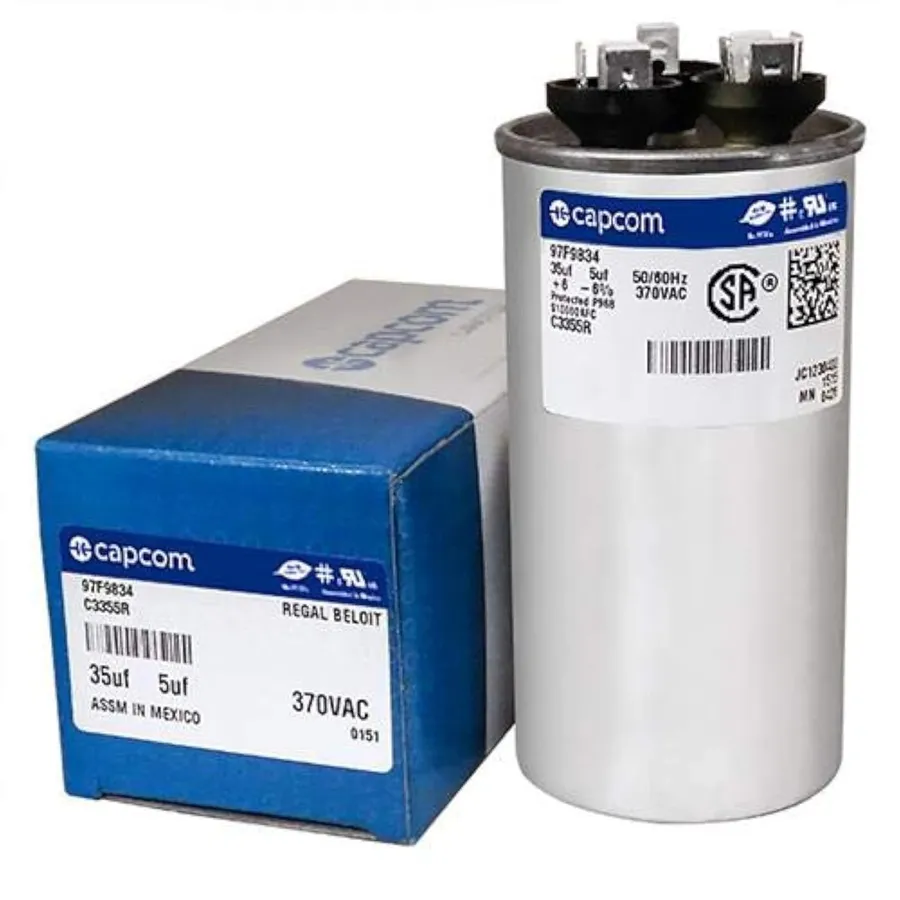
Selecting the correct 5uF capacitor is crucial for ensuring the proper function and longevity of electrical equipment. This process requires careful consideration of several key factors beyond just the capacitance value, including voltage rating, physical size, capacitor type (run or start), and operating environment. Matching these parameters accurately to the specific application is essential for safe and effective replacements.
| Factor | Description | Importance |
|---|---|---|
| Capacitance | Measured in microfarads (uF), the 5uF value is critical for the circuit's designed operation. | Must match the original capacitor to maintain performance and prevent equipment damage. Slight variations may be acceptable in some cases, but should be verified with the equipment manufacturer's specifications. |
| Voltage Rating | The maximum voltage the capacitor can safely handle, typically 250V, 370V, or 400V for 5uF capacitors. | Must be equal to or higher than the circuit’s maximum operating voltage. Using a capacitor with a lower voltage rating can lead to premature failure or safety hazards. |
| Physical Size | The physical dimensions of the capacitor, which must fit within the designated space in the equipment. | Critical for physical compatibility; a capacitor that is too large simply won't fit or may interfere with other components. |
| Capacitor Type | Categorized as either run capacitors (for continuous operation) or start capacitors (for motor start-up). | Crucial to match the type to the equipment's requirements. Using a start capacitor where a run capacitor is required, and vice-versa, will cause equipment malfunction and failure. |
| Environmental Conditions | Temperature and humidity levels, which can affect capacitor performance and lifespan. | The capacitor’s rated temperature should be at least that of its operating temperature. Operation at or beyond its rated temperature significantly reduces the capacitor’s lifespan, which may lead to catastrophic failure. |
Replacing a 5uF Capacitor: A Step-by-Step Guide
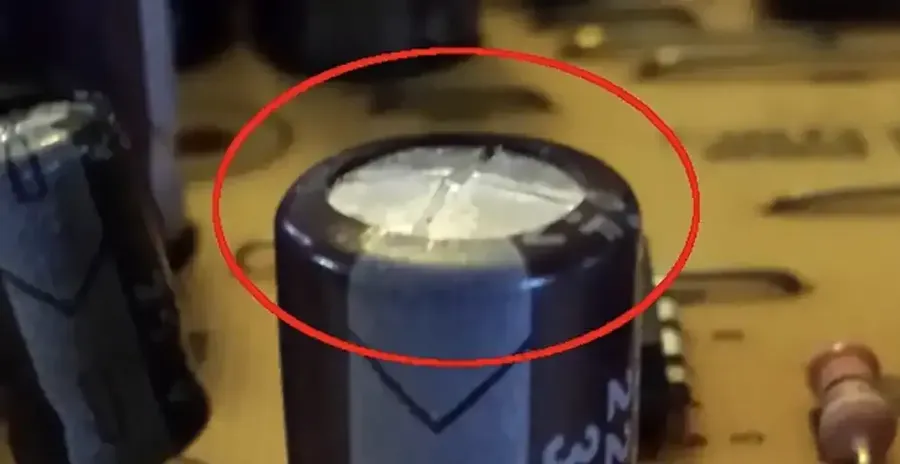
Replacing a 5uF capacitor, while seemingly straightforward, demands a methodical approach to ensure safety and proper functionality. This section provides a practical, step-by-step guide for a safe and effective replacement, crucial for maintaining the performance of appliances such as fans, air conditioners, and heat pumps.
- Safety First: Disconnect Power
Before commencing any work, ensure the appliance is completely disconnected from the power source. This is paramount to prevent electrical shock. Use a non-contact voltage tester to verify that power is indeed off. Do not rely solely on the on/off switch. - Gather Necessary Tools
Collect the required tools: insulated screwdrivers (both Phillips and flathead), pliers, wire strippers, a camera or phone to record the original capacitor wiring, and a new 5uF capacitor with the correct voltage rating. - Locate the Capacitor
The 5uF capacitor is usually found within the electrical housing of the appliance, often near the motor. Take detailed photos of the existing wiring for reference during reassembly. - Discharge the Old Capacitor
Even when disconnected, capacitors can hold a residual electrical charge, which can be dangerous. Use an insulated screwdriver to short the capacitor terminals, carefully touching both terminals simultaneously. This action should be done cautiously and repeatedly to ensure complete discharge. - Disconnect the Old Capacitor
Carefully disconnect the wires from the old capacitor, noting or labeling the terminals to ensure the new capacitor is connected correctly. Avoid pulling on the wires themselves; instead, use pliers to gently detach the connectors. Refer to your previously taken photos as necessary. - Install the New Capacitor
Connect the wires to the corresponding terminals of the new 5uF capacitor, ensuring a secure fit. Double-check against your notes and photos to ensure correct wiring. - Reassemble and Test
Carefully reassemble the appliance’s housing and restore power. Test the appliance to verify the replacement was successful. If the appliance doesn’t function correctly, double check the connections and the capacitor's specifications.
5uF Capacitor vs. Other Capacitance Values: When to Use Which?
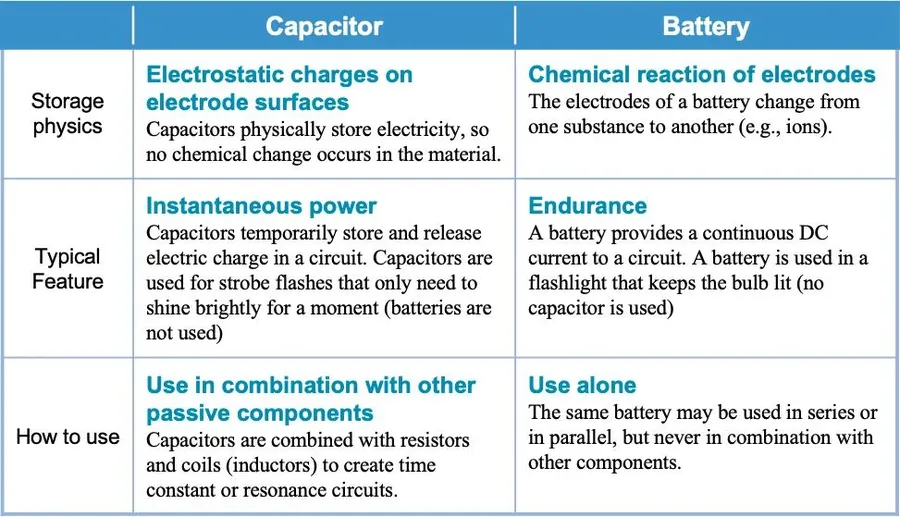
While a 5uF capacitor is common in many applications, understanding its relationship to other capacitance values, such as 4uF and 6uF, is crucial for optimal performance and safety. The microfarad (uF) rating indicates a capacitor's ability to store an electrical charge; variations affect the circuit's behavior.
| Capacitance Value | Typical Applications | Acceptable Variation | Impact of Incorrect Value |
|---|---|---|---|
| 4uF | Smaller motors, low-power applications, specific HVAC systems | Generally less than ±5% of the specified value. | Reduced motor torque, increased start times, or in extreme cases, motor damage. |
| 5uF | AC motors in fans, air conditioners, heat pumps, general-purpose motor starting | Generally less than ±5% of the specified value. | Reduced performance or motor damage if a significantly lower value is used; may not start or run correctly if a significantly higher value is used. |
| 6uF | Larger motors, some industrial equipment, specific HVAC systems | Generally less than ±5% of the specified value. | Reduced motor torque, increased start times, or in extreme cases, motor damage. |
It's important to note that using a capacitor with a significantly different capacitance value can lead to problems. For example, replacing a 5uF capacitor with a 4uF may result in a weaker start torque for a motor, or it might simply not start at all. Conversely, using a 6uF capacitor where a 5uF is required may draw excessive current and could damage the motor or other components. In some niche applications or if the original specifications are unavailable, it may be acceptable to use a slightly higher or lower value, but it should be done with caution and within the tolerances defined by the original equipment manufacturer, usually ±5%.
The type of capacitor (start or run) is another critical consideration that should not be overlooked when substituting capacitors. For example, substituting a run capacitor with a start capacitor will cause problems. Run capacitors are designed for continuous duty to keep motors running smoothly, while start capacitors are designed to provide a high surge of power for starting motors and then are disconnected from the circuit. Using an improper capacitor type can lead to premature failure, damage, or unsafe operating conditions.
Frequently Asked Questions About 5uF Capacitors
This section addresses common inquiries about 5uF capacitors, providing clarity on their specifications, usage, and replacement considerations. Understanding these aspects is crucial for both effective application and safe handling of these components.
- What does '5uF' mean on a capacitor?
The '5uF' designation indicates the capacitance of the capacitor, where 'uF' stands for microfarads. One microfarad (uF) is equal to one millionth of a farad (10^-6 F), the standard unit of capacitance. Therefore, a 5uF capacitor has a capacitance of five millionths of a farad. This value defines its ability to store an electrical charge; a higher microfarad value indicates a greater charge storage capacity. - What does the 'uF' rating on a capacitor represent?
The 'uF' (microfarad) rating on a capacitor quantifies its electrical charge storage capacity. A higher uF value signifies that the capacitor can hold more electrical charge at a given voltage. This is a critical parameter when selecting capacitors for specific applications, as it directly influences the capacitor's performance in the circuit. - Can I replace a fan capacitor with a higher uF value?
Replacing a fan capacitor with one of a slightly higher uF value is generally not advisable. The original capacitor is selected based on the precise requirements of the motor, and using a higher value can lead to increased motor current, overheating, and potential damage or failure. While minor variations are sometimes acceptable, it's best to adhere to the manufacturer's specifications for reliable performance. It is always safer to use an exact replacement. - What does the 'V' rating on a capacitor indicate?
The 'V' rating on a capacitor specifies the maximum voltage the capacitor can safely withstand during operation. Exceeding this voltage can cause insulation breakdown, damage to the capacitor, and even system failure. When selecting a replacement, ensure that the voltage rating of the new capacitor is equal to or higher than the original component's rating to ensure safety and reliability. Common ratings for 5uf capacitors are 250V, 370V, and 400V. - How do I locate a 5uF capacitor near me?
Finding a 5uF capacitor locally can be done by visiting physical electronics stores or contacting appliance repair shops that sell components. Online marketplaces like Amazon, Mouser, and Walmart also stock 5uF capacitors, providing a broader selection and the convenience of online shopping with home delivery. When searching online, include the voltage rating and other specifications, such as the dimensions of the capacitor, to ensure that you get the correct replacement component. Also, when using online searches, be sure to include your geographical location. For example, search for '5uf capacitor near me in Brooklyn'. - What is the typical price range for a 5uF capacitor?
The price of a 5uF capacitor can vary based on factors such as brand, voltage rating, and the place you buy it. In general, prices are from about $5 to $20 for a single unit. If you're purchasing multiple capacitors, you may be able to get a small discount. For a precise cost, it’s best to check specific retailers or suppliers. Be sure to compare pricing between different suppliers. - What are the implications of substituting different uF capacitors?
Using a capacitor with a different uF value than specified in the original design can lead to significant issues in the circuit or device. For example, in motor applications, an incorrect capacitance can reduce starting torque, lead to motor damage, or reduce the operating efficiency of the motor. Always adhere to the recommended uF rating unless the circuit designer specifies a permitted range, and it’s important to understand the implications before making a substitution. For sensitive circuits, variations in capacitance can have major impact on overall functionality.
Troubleshooting Common 5uF Capacitor Problems
A failing 5uF capacitor often manifests through noticeable symptoms that indicate its diminished ability to perform its function within an electrical circuit. These issues, typically related to motor operation, can range from subtle performance degradation to complete system failure, requiring a systematic approach to identify the root cause.
- Slow Motor Start
One of the most common indicators of a failing 5uF capacitor is a motor that struggles to start or starts much more slowly than usual. This happens because the capacitor isn't providing the necessary initial surge of energy to get the motor running efficiently. - Humming or Buzzing Noise
A failing capacitor can also cause a distinct humming or buzzing sound originating from the motor. This noise is a result of the motor not receiving the proper phase shift in the current due to the degraded capacitor, which causes erratic operation and noise. - Motor Fails to Start
In more severe cases, a failing 5uF capacitor will completely prevent the motor from starting. The capacitor's inability to store and discharge energy results in a complete loss of the motor's starting torque and consequently, the motor will be inactive. - Intermittent Operation
An aging or damaged capacitor can lead to inconsistent motor operation, with the motor starting and stopping erratically, or running intermittently at reduced speed. These inconsistencies are caused by the unpredictable performance of a capacitor that is nearing the end of its operational life. - Overheating
A failing capacitor can sometimes exhibit signs of overheating and may even feel warmer to the touch than it should. This is typically caused by internal resistance increases within the capacitor and can be a precursor to complete failure. - Physical Deformity
Visually inspect the capacitor for physical signs of damage like bulging, cracking, or leaking. These are all indications that the capacitor has failed, often due to overvoltage, excessive heat, or the end of its lifespan.
When encountering these symptoms, it is crucial to address the underlying issue promptly. While some components can be repaired, capacitors are generally replaced, not repaired. Continued operation with a failing capacitor can strain other parts of the system. The first step when encountering any of these symptoms should always involve visually inspecting the capacitor for damage or deformity. When symptoms indicate capacitor failure, replace it with a new one that is compatible.
Where to Buy a 5uF Capacitor
Acquiring a 5uF capacitor is straightforward, thanks to numerous online and physical retail options. This section outlines where you can find these essential components, along with typical price ranges.
- Online Marketplaces
Major online platforms such as Amazon, Mouser Electronics, and Walmart offer a wide selection of 5uF capacitors. These sites provide the convenience of home delivery, often with detailed product specifications and customer reviews to aid in your decision. When purchasing online, always verify the product specifications match your requirements, including the voltage rating (e.g., 250V, 370V or 400V) and confirm the supplier's credibility. - Physical Electronics Stores
For those who prefer in-person shopping, local electronics stores and hardware suppliers often stock a variety of capacitors, including 5uF models. Checking local listings for businesses specializing in HVAC parts can be helpful, given the common use of these capacitors in fan and motor systems. The advantage of physical stores is the ability to directly inspect the product before purchase and discuss specifics with staff, ensuring the component will meet your needs. - Well-Known Suppliers in the United States
Several reputable suppliers in the United States specialize in electronic components. These include Digi-Key Electronics, Allied Electronics & Automation, and Grainger. These suppliers often cater to both individual consumers and larger businesses, offering bulk purchases and comprehensive technical support. - Price Range for a 5uF Capacitor
The price for a 5uF capacitor can vary depending on the brand, voltage rating, and supplier. Typically, you can expect to pay anywhere from $5 to $20 for a single 5uF capacitor. Lower-voltage capacitors tend to be less expensive, while higher voltage and premium brands can be on the higher end of this range. Buying in bulk or directly from manufacturers may reduce the unit cost. Check product descriptions carefully for specifications as well as for any additional manufacturer-specific features.
The 5uF capacitor, though small, plays a crucial role in the smooth operation of many electrical devices, from HVAC systems to kitchen appliances. By understanding its function, specifications, and how to select and replace it correctly, you can ensure the longevity and reliability of your equipment. Remember to always prioritize safety when working with electrical components and choose the correct 5uf capacitor, often a cylindrical shape, to avoid any damage, especially when dealing with AC motor systems. As technology continues to evolve, the fundamental principles of capacitance, as exemplified by the 5uf capacitor, will remain an essential building block of our modern world.
 AnyPCBA
AnyPCBA